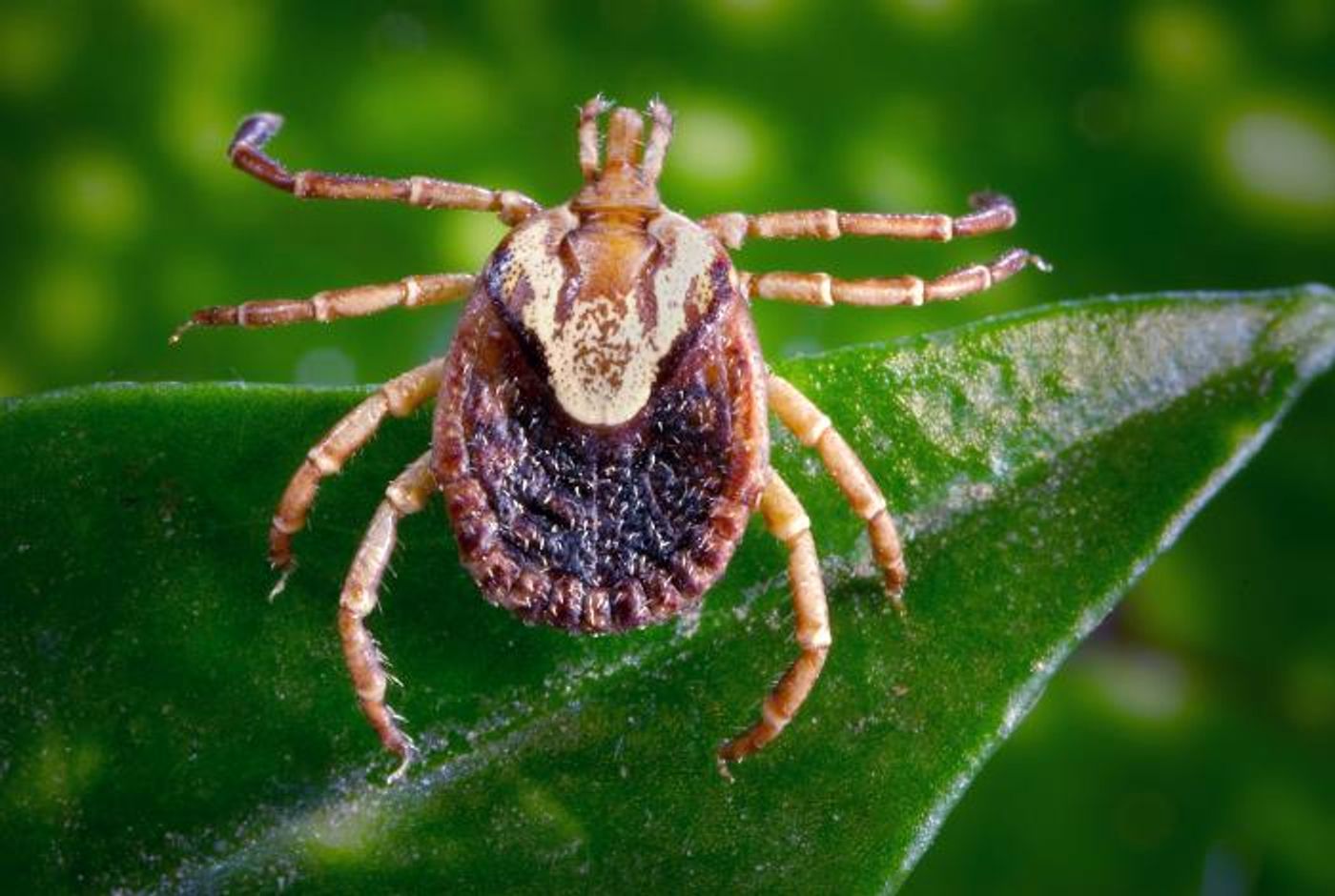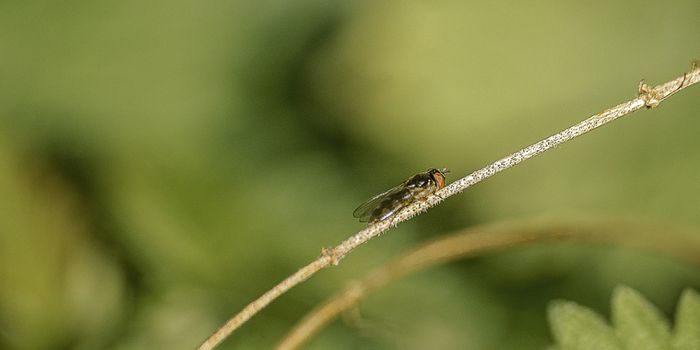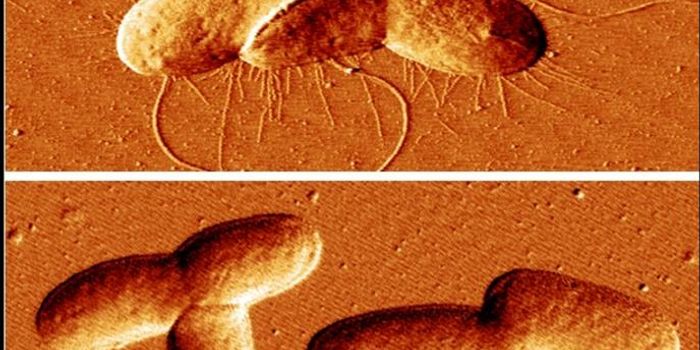New Species of Rocky Mountain Spotted Fever-Causing Bacteria is IDed
Rickettsia rickettsii might be the deadliest one of 25 strains of Rickettsia bacteria that cause Rocky Mountain Spotted Fever (RMSF). Ticks transmit the bacterial pathogen to humans through bites, and the illness can cause fever, headache, nausea, and vomiting, and a rash can develop within a day or two of the fever. In some cases, permanent damage like hearing loss, mental disability, and paralysis may occur. However, if the condition is identified early, it’s treatable; the antibiotic doxycycline is able to stop severe illness and death from occurring.
Scientists have now identified a new species of bacteria in the Rickettsia genus that has the potential to cause serious illness in dogs and humans. There are more than 25 species of tickborne, spotted-fever Rickettsia bacteria that are known to be transmitted by ticks. This new microbe is in this group of Rickettsia. The findings have been reported in Emerging Infectious Diseases.
The new species doesn’t have a name yet, but it has been found in three dogs. Dogs have similar symptoms of RMSF as humans. They get lethargic, feverish, experience weight loss, and show indications of vascular inflammation like swelling and rash.
The three dogs carrying the bacteria were from Tennessee, Illinois, and Oklahoma, and they were tested using a polymerase chain reaction (PCR) that revealed the presence of the microbe’s DNA. However, the DNA was only 95 percent similar to R. rickettsii. With phylogenetic analysis of their data, the researchers were able to show that the microbe is part of the spotted fever group of Rickettsia.
"Often, antibodies from other spotted-fever-group Rickettsia will cross-react in antibody tests for RMSF," explained co-corresponding study author Barbara Qurollo, an associate research professor at North Carolina State University. "So to be sure what we're dealing with, we also look at the genetic information via PCR and that's how we found that this is a new organism."
The team is hopeful that they can grow the organism in the lab and characterize it well before naming it. Culturing these pathogens from samples is challenging, however.
"We're going to continue looking for this Rickettsia species, determine its geographical range and try to better characterize it - it's a slow process, but high on our radar," Qurollo said. "So far in 2020 we've detected this new Rickettsia species in four more dogs residing in the southeastern and midwestern U.S. We're also asking veterinarians to collect the ticks associated with dogs who show symptoms when possible, and we're collaborating with researchers in Oklahoma to collect ticks in the environment for testing. This will help us determine what tick species may be transmitting this particular bacteria.
"Another question we would like to answer is whether this new Rickettsia species also infects people. Dogs are great sentinels for tick-borne diseases - they have high rates of exposure to ticks and the ability to become infected with many of the same tick-borne pathogens that infect people. We hope to take a 'One Health' approach to this new pathogen and collaborate with scientists in human medicine as well."
Sources: AAAS/Eurekalert! via North Carolina State University, Emerging Infectious Diseases









